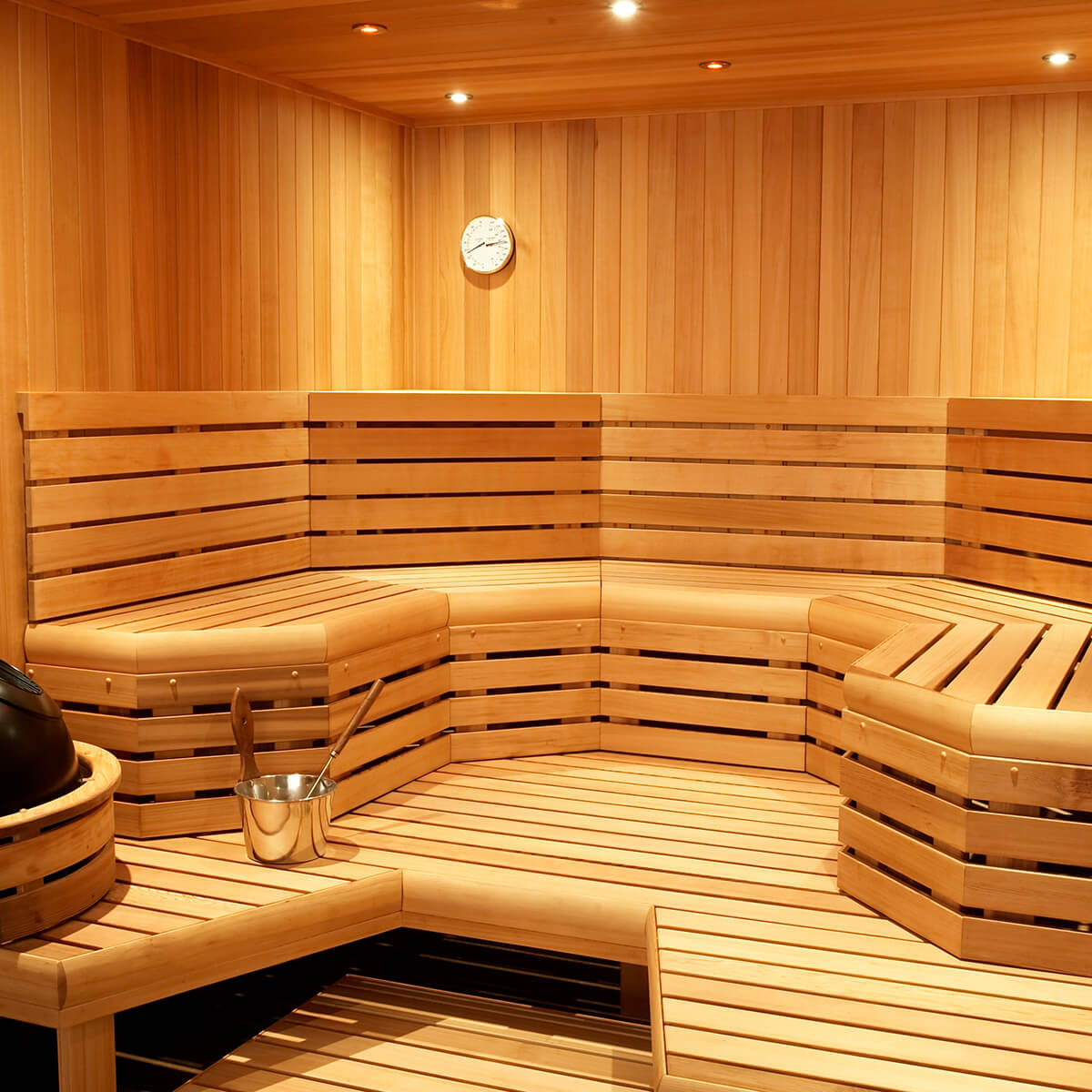The Ultimate Guide To Traditional Sauna
The Ultimate Guide To Traditional Sauna
Blog Article
Little Known Facts About Traditional Sauna.
Table of ContentsThe Facts About Traditional Sauna RevealedThe 10-Minute Rule for Traditional SaunaA Biased View of Traditional SaunaTraditional Sauna for BeginnersSome Known Facts About Traditional Sauna.
The majority of the weight lost in a sauna is water loss and is re-gained upon rehydrating. Nonetheless, undoubtedly sauna can be an integral part of a healthy weight loss program. To take a look at the distinctions between conventional and IR saunas, I will separate these into proven, theoretical, and fabricated distinctions.Hence, the most popular factor in the saunawhich goes to the ceiling straight above the sauna heateris typically between 185 and 190 F. Claims that a traditional sauna goes beyond 200 F is just not true and not relevant for electrical saunas marketed in the US. The temperature for a far-infrared sauna is usually established between 120 and 140 F; nevertheless, unlike the traditional sauna, the goal in and IR space is not to achieve a high temperature.
As a result of this, the temperature difference is virtually unnecessary, because extreme sweating results in both sauna kinds, but the technique of heating the body is various. In an IR sauna the bather will certainly feel hot and will sweat profusely, however at a lot lower temperatures (Traditional Sauna). Hence, if the objective is to invest longer periods of time in the sauna, the IR sauna is a good option
When a standard sauna has been correctly warmed, the sauna walls are cozy, the air temperature has actually attained set temperature and the rocks are extremely heated. As an interesting side note, the warmed wall surfaces and the rocks are sending out far-infrared warm, incorporated with the warmed air, to develop an "wrapping up heat".
7 Easy Facts About Traditional Sauna Shown

When the high temperature level is attained, the aspects cycle on and off to preserve the high temperature level. The majority of conventional sauna users take pleasure in putting water over the rocks to produce vapor to increase sauna humidity degrees. The advantages of pouring water over the rocks include: making the area more comfy, moistening the nasal flows, and allowing the use of aromatherapy by blending essential oils with the water.

When the power gets in the body, it causes the body temperature to raise and eventually results in sweat. In an infrared sauna it is very important his response for the emitters/heaters to continue to be on practically frequently. Because there is no mass of rocks to preserve heat, the sauna will cool if the emitters shut down.
As discussed above, the sauna bather in an infrared room wishes to position himself before operating emitters to obtain optimal take advantage of the warm. The home heating time for the 2 areas can be really various, depending on just how the rooms are utilized. For a typical sauna, a bather should allow 30-40 mins for the room to attain a preferred temperature and to properly pre-heat the rocks.
Getting My Traditional Sauna To Work
A well created sauna will normally achieve a temperature level of 150-160 F in regarding 30-40 mins. For hotter temperature levels, the room might need to warm for a longer duration.

Traditional saunas often tend to be larger (hence utilize even more electrical energy) than infrared saunas, although typical saunas are certainly readily available in one and two person dimensions. For a two-person standard sauna, 5x6 or 5x7 size is most popular. The leading bench can easily seat two or 3 people and is additionally enough time to relax during the sauna session.
Everything about Traditional Sauna
The average cost per kWH of power in the U.S. is approximately $0.11, so a 4.5 kW heating unit will set you back around $.50 to compete one hour, if the web heating unit runs continually for one hour. Commonly a sauna heater will certainly run for 75% of the first hour and 50% of subsequent hours on since the aspects cycle once the established temperature is accomplished.

Lastly, there is a hardly ever gone over distinction in the social experience in between the two spaces. While our society has lost several of the social advantage of the standard sauna experience, it can be really socially rewarding (Traditional Sauna). From household time in the sauna, to heart-felt discussions with better halves, to sauna partiesthe traditional sauna experience can lead to intimate mingling
Some Of Traditional Sauna
The majority of higher end infrared spaces include tinted light therapy, noise systems and full-glass fronts.
Report this page